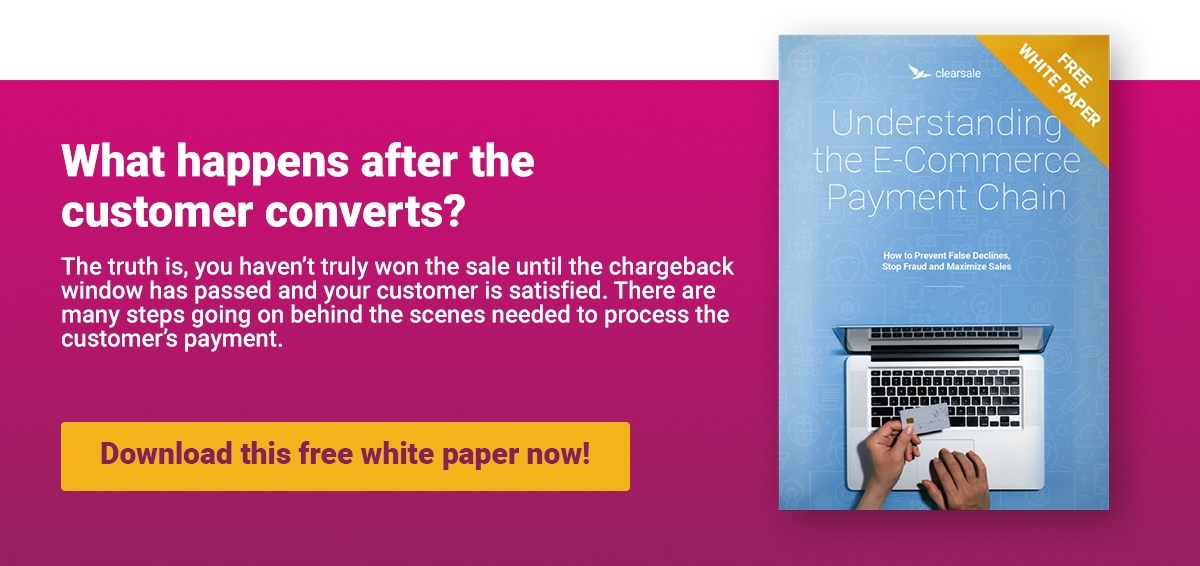3 Reasons to Reduce Your False Decline Rate
Right now, according to the Javelin consulting and research firm, verified card fraud costs US merchants $9 billion per year, but falsely declined transactions cost merchants many times that in lost sales.
False declines can also have a lasting negative impact on consumers’ willingness to do business with your brand. What’s more, false declines that result from incomplete transaction analysis or the use of incomplete data sets can skew your fraud-detection program’s accuracy over time. That can perpetuate and amplify losses and brand damage over the long run.
False declines cost more than fraud
Javelin’s report found that US merchants lose $118 billion each year to falsely declined transactions. That’s an amount more than 13 times as large as the cost of card fraud, and it’s a figure based only on the cost of lost transactions. The worst losses may be those that can’t be quantified, because shoppers often change their behavior after a decline.
You could lose your best customers and not know it
In Javelin’s survey of 3,200 US consumers, 32% said they won’t shop with a merchant anymore after a decline, which means lost revenue going forward. Notably, MasterCard found that affluent shoppers who make high-ticket purchases and travel often accounted for more than half of all false declines. One false decline and these sought-after customers may take their business elsewhere—and you may never learn why.
More data leads to better fraud control and fewer false declines
To understand why the false decline rate is unacceptably high and how to reduce it, we need to think about human psychology and data science. Humans usually exhibit something called confirmation bias, which means that we look for evidence that supports assumptions we’ve already made. In the context of payments, that means merchants, banks, and fraud screeners may categorically reject card payments from overseas or those made from different countries than the card of issue because those orders account for a notable amount of fraud. But by rejecting those orders across the board instead of based on detailed data, merchants lose two opportunities: to retain legitimate customers (including those affluent shoppers) and to use that transaction data to make better fraud-screening decisions in the future.
Scientists know confirmation bias leads to statistical errors in data analysis. In fact, we’ve found that the best way to comprehensively reduce false declines is by screening all transactions, not just those flagged as suspect. Why? Because even the most highly skilled fraud analysts and the most robust machine-learning fraud programs need a complete data set to use in refining and updating their detection capabilities in a dynamic fraud landscape.
So is it cost-effective to treat whole subsets of transactions as fraudulent, or to screen only some of your transactions?
The data and the dollar amounts say no. False declines come with huge costs. They can be avoided by partnering with ClearSale, and allowing us to screen all of your transaction data for maximum security, minimum false declines, and better customer retention.
Another way for merchants to protect themselves is by implementing a robust fraud protection solution that also offers a 100% chargeback insurance guarantee. Contact a ClearSale credit card fraud analyst today to learn how our multilayered solution can reduce your business’s exposure to chargebacks and prevent future fraud attacks.
 Sarah Elizabeth
Sarah Elizabeth
